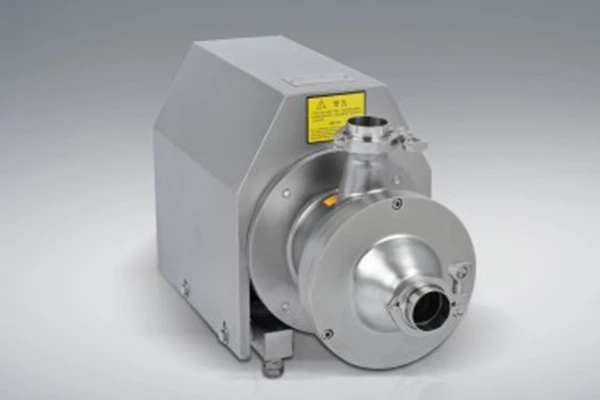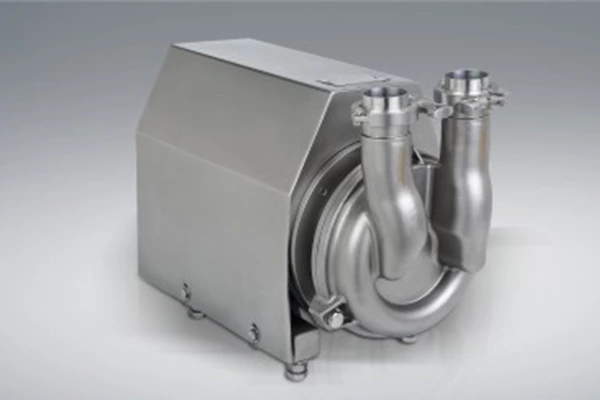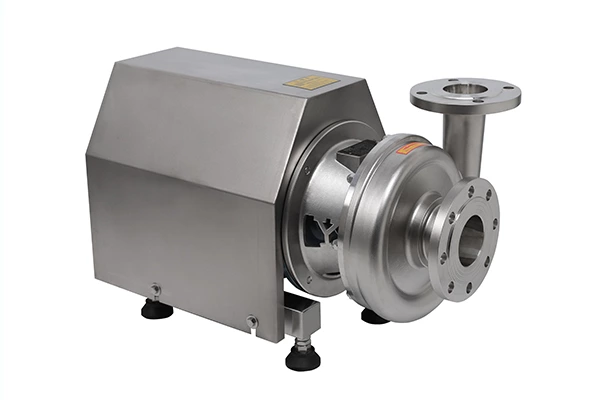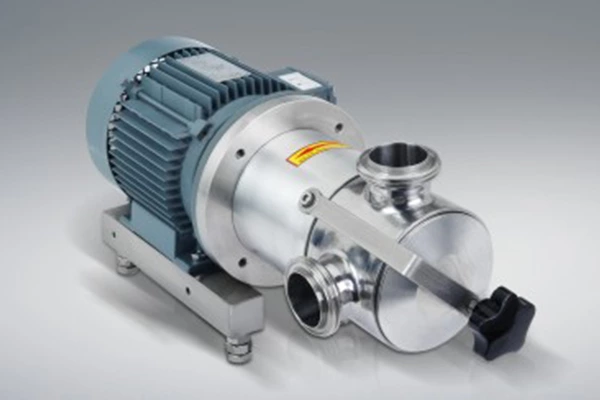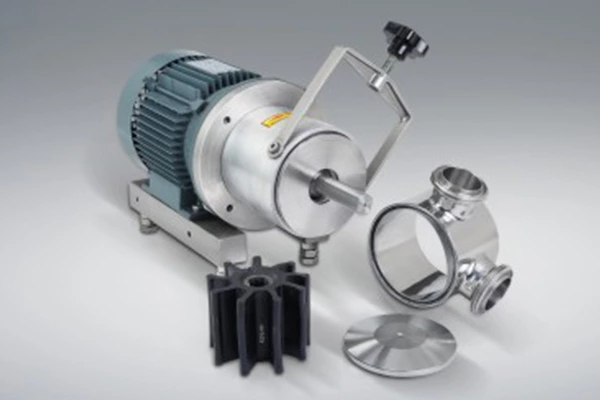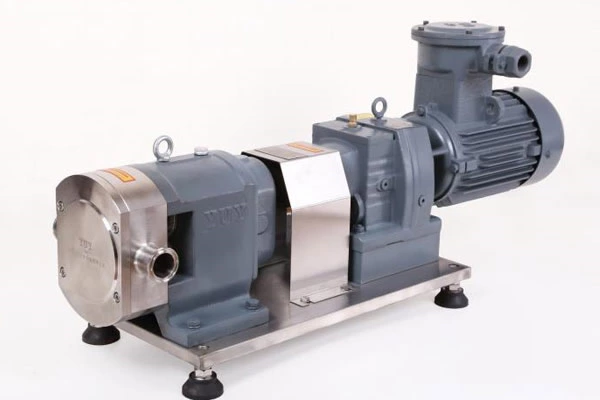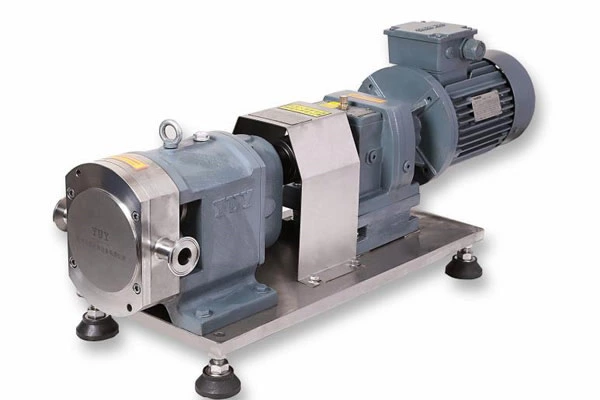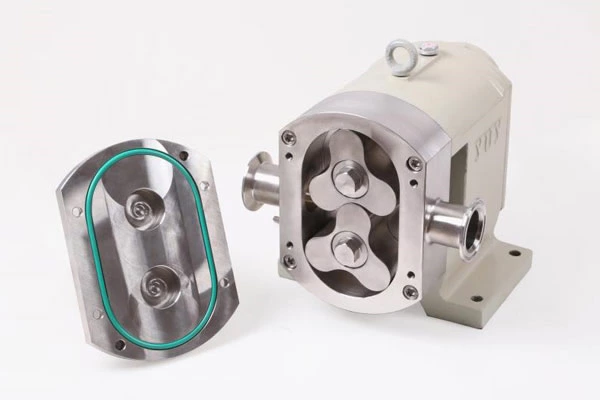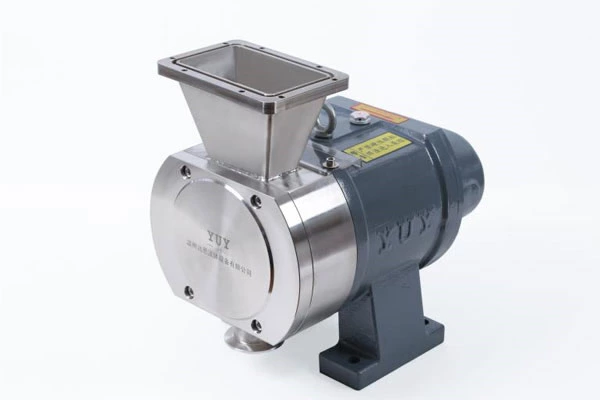Inspection Before Installation Of Cip Reflux Pump
CIP Return Pump is a pump product that is connected to a motor and works underwater at the same time. Compared with general horizontal pumps or vertical sewage pumps, it occupies a small area, is easy to install and maintain, has a long continuous operation time, and the rotating parts are light in weight and have a much longer life than general pumps. There are no problems such as cavitation damage and water diversion. The vibration and noise are small, the motor temperature rise is low, and there is no pollution to the environment.
The CIP return pump is a highly efficient and energy-saving CIP return pump product successfully developed using advanced domestic and foreign technologies. The pump has the characteristics of non-clogging design and high efficiency, and is deeply favored by the majority of users. The following introduces the characteristics and application knowledge of the CIP return pump:
1. Before using the CIP return pump, carefully check whether the fasteners are loose or falling off, and whether the pump is deformed or damaged during transportation, storage, and installation.
2. After the CIP return pump is started, the rotation direction is counterclockwise from the water inlet. If the electric pump reverses, just swap the wiring position of any two-phase line in the cable.
3. The CIP return pump and pipeline should have their own supporting parts, and the weight of the pipeline should not be applied to the pump.
4. If a check valve is installed on the discharge pipeline of the CIP return pump, it should be installed outside the intermediate valve.
5. For the convenience of maintenance and safety of use, a regulating valve is installed on the inlet and outlet pipelines of the CIP return pump and a pressure gauge is installed near the pump outlet to ensure that the pump operates within the rated head and flow range, ensure the normal operation of the pump, and increase the service life of the water pump.
6. The CIP return pump shall not operate the electric pump in a low head state for a long time (generally, the use head shall not be less than 70% of the rated head). It is best to control it within the recommended use head range to prevent the motor from being burned due to overload.
7. The CIP return pump should not be operated under cavitation conditions to increase the service life of the pump. It is strictly forbidden to operate the water pump without liquid, otherwise it is very easy to burn the mechanical seal.
8. When the parts of the CIP return pump are made of cast iron, they should be installed outdoors in winter to prevent them from being broken. When the temperature is particularly low, they should be insulated. The anchor bolts must be tightened when installing the CIP return pump to prevent the vibration from affecting the pump performance during startup.
9. When the CIP return pump is transporting high-temperature liquid, in order to prevent the pump from being subjected to thermal deformation of the pipeline, the base bolts of the pump seat should not be fixed. When the pipeline system expands and contracts, the pump can move with the pipeline.
10. The outlet connection flange of the CIP return pump is designed according to the 684216-84 standard, and the pipeline flange should be equipped with the same regulations.
11. After the CIP return pump is installed, the pump shaft should be moved, and there should be no friction or stuck phenomenon on the impeller. Otherwise, the pump should be disassembled for inspection and maintenance.
12. Before installing the CIP return pump, check the tightness of the water pump and motor and whether there is any damage.
CIP reflux pumps are widely used in high-rise buildings, long-distance pipeline pressurized water delivery or other media. They can also transport sewage containing granular fibers. They are also suitable for use as drain pumps, filter flushing condensation circulation pumps, etc.
